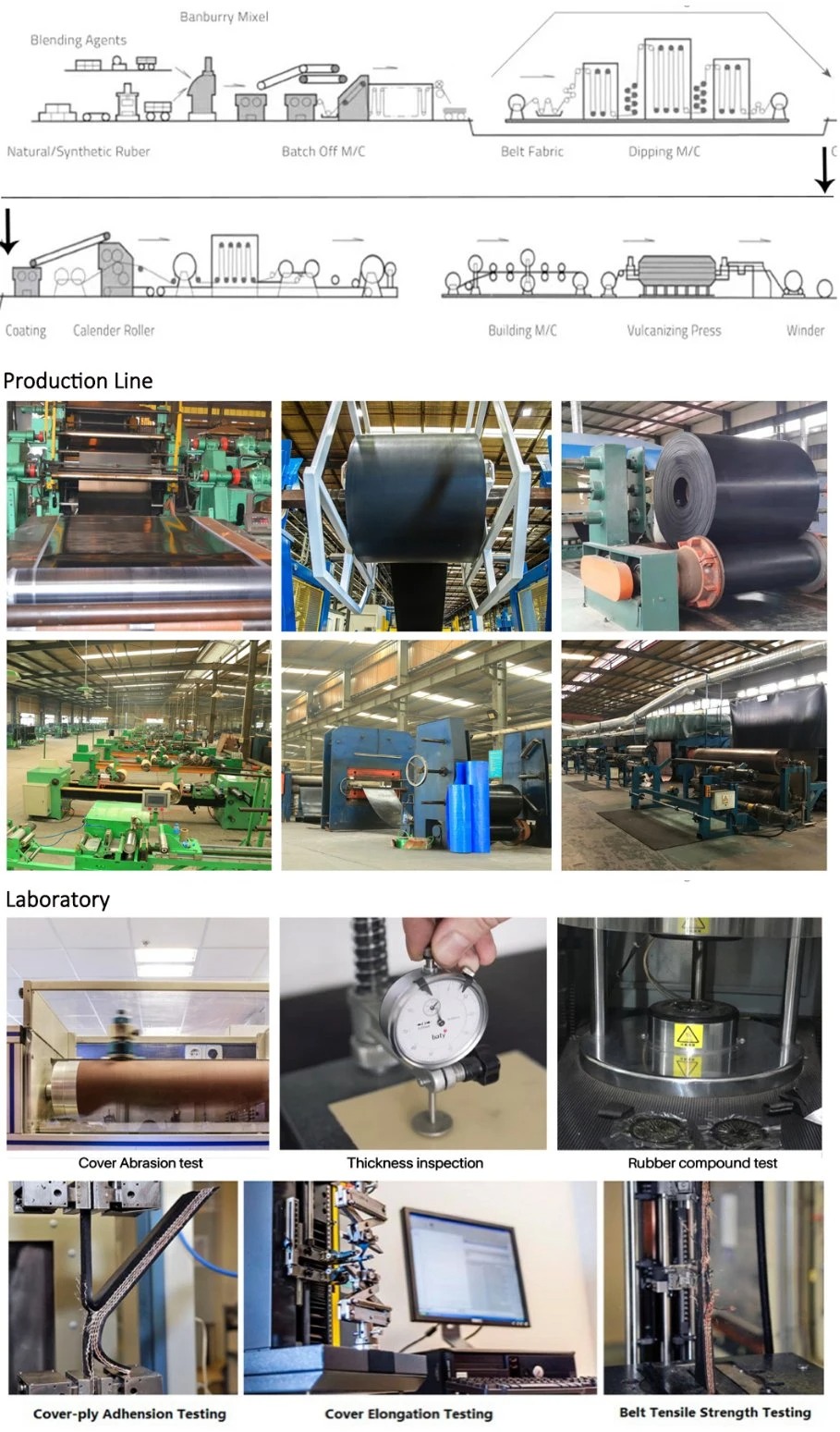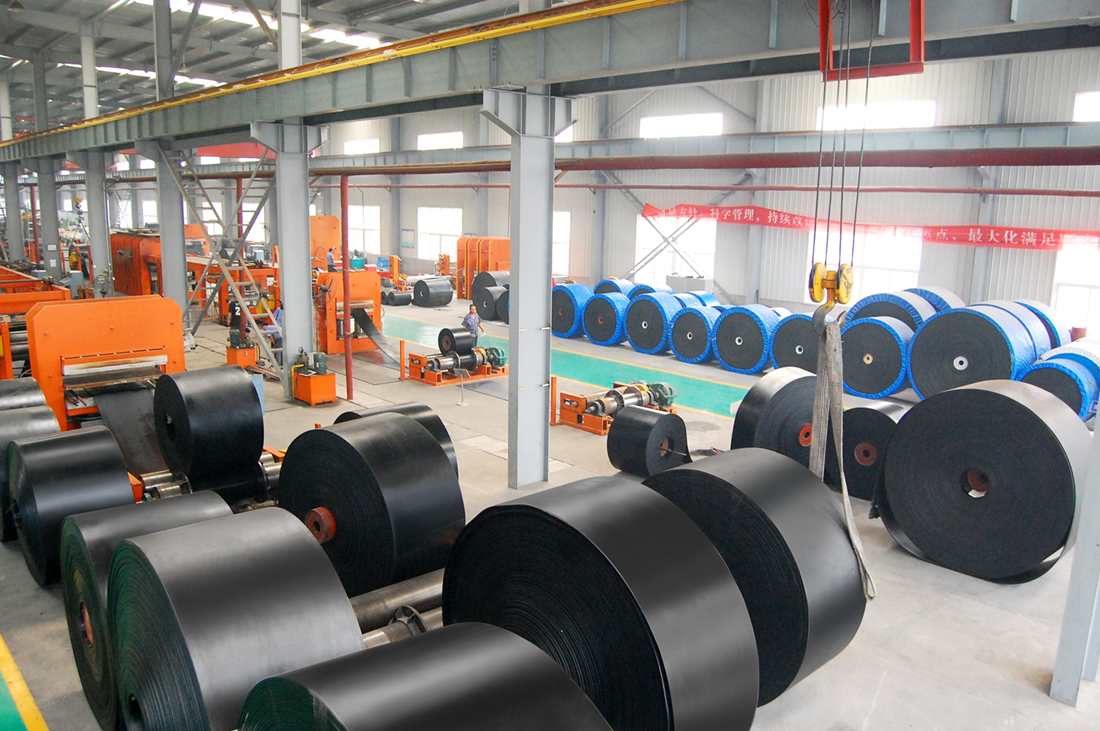
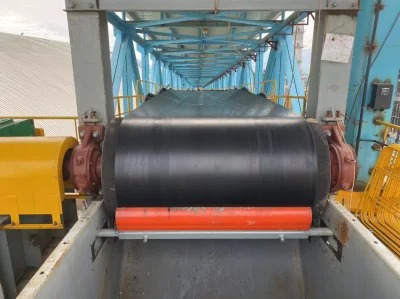
Belt jointing solutions_ Cold vulcanizing cement
The COLD VULCANIZING conveyor belt can be divided into a rubber belts and plastic conveyor belt. Conveyor belt joint can be divided into vulcanization, cold vulcanization, mechanical buckle and other methods. Now it is mainly vulcanized hot graft, which has the characteristics of high strength and durability. The belt vulcanization equipment is indispensable when vulcanization heat is adopted. First of all, the conveyor belt joint should be treated, such as canvas, nylon, polyester and other fabric rubber conveyor belt.
Vulcanizing Process :
CONVEYOR BELT COLD VULCANIZING :
That is, the use of cold adhesive to joint. This joint method is more efficient than the mechanical joint, also more economic, COLD VULCANIZING should be able to have a better joint effect, but from the practice, because the process conditions are more difficult to master, in addition, the quality of the adhesive on the joint is very big, so it is not very stable.
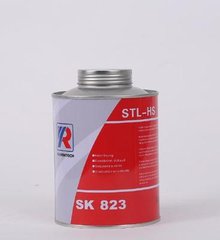
On the hot plate platform under the belt vulcanization equipment, rubber is first removed from the joints to form steps. Then on the step with solvent gasoline cleaning air – dry and coated with rinse glue. General rinse gum at least three times (glue with 120 solvent gasoline).Wait until the glue is dry (it is better not to stick to the hand). Rinse again two, three times, then prepare the raw film, spread on the conveyor belt into a stepped surface.
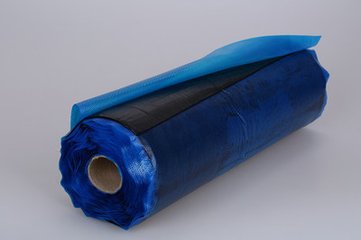
Then the other end of the processed conveyor belt to the centerline. Close the upper hot plate of the belt vulcanization equipment, make a good frame, and strengthen the bolts.
Mixing Ratio: The mixing ratio involves –
- 100 gms of adhesive per 5 gms of hardener
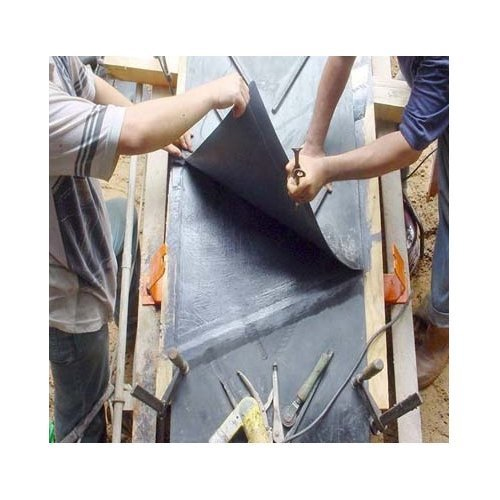
Finally, start the automatic control box of the belt vulcanization equipment to heat the vulcanization. The pressure pump is activated when heated to 80 degrees. At this point, the pressure is increased to about 7 kg, and when the temperature rises to 110 ℃, it can be pressurized again. At this point the pressure can be added to 12 kg, the pressure can be required by the user. The bonding pressure is usually 12-15 kg. Special belt except (such as wire rope core belt), vulcanization temperature: 145 degrees, when the automatic control box alarm, the end of the rubber belt.
Other belt joint methods :
All conveyor belts must be connected into a endless rings to be used, so the quality of the conveyor belt joint directly affects the service life of the conveyor belt and the smooth operation of the conveyor line. Common methods of conveyor belt joint are mechanical joint, cold bonding joint, hot vulcanization joint, etc.
Conveyor belt mechanical joint method: generally refers to the use of belt buckle joint, this joint method is convenient, convenient, and more economical, but the joint efficiency is low, easy to damage, on the conveyor belt product service life has a certain impact. In PVC and PVG whole-core flame retardant and anti-static conveyor belt joint, this joint method is generally used in products below grade 8 belt.
Conveyor belt cold adhesive joint method: that is, the use of cold adhesive to joint. This joint method is more efficient than the mechanical joint, also more economic, should be able to have a better joint effect, but from the practice, because the process conditions are more difficult to master, in addition, the quality of the adhesive on the joint is very big, so it is not very stable.
Hot vulcanization joint method, it has been proved to be the most ideal joint method in practice,which can take high joint efficiency, but also very stable, the joint life is also very long, easy to master. But there are shortcomings such as process trouble, high cost and long joint time.
